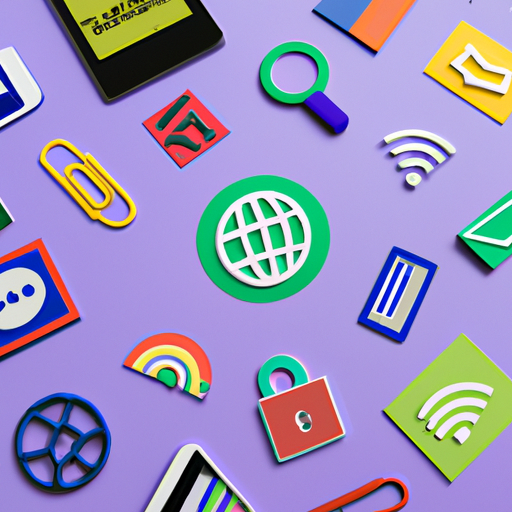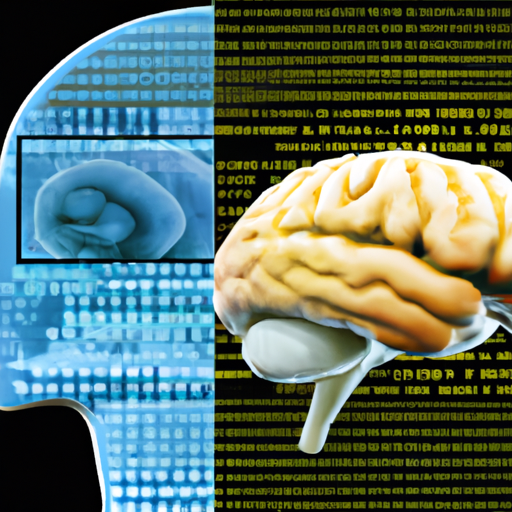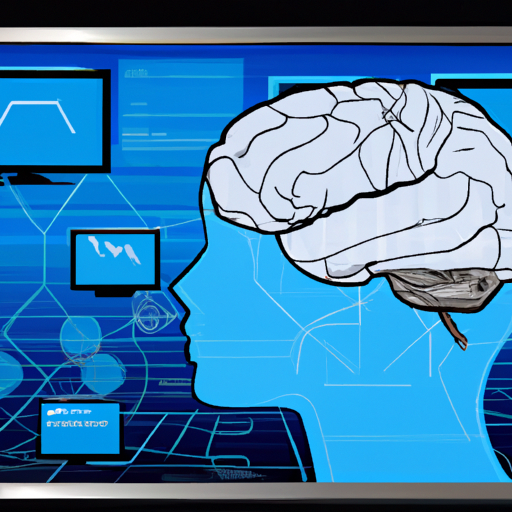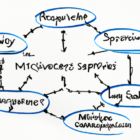In our increasingly digital world, the importance of digital accessibility has never been more critical. As technology evolves, so do the tools and techniques that ensure every user—regardless of their abilities—has access to the web. In this blog post, we will explore the latest advancements in digital accessibility and how they contribute to a more inclusive online environment.
Understanding Digital Accessibility
Digital accessibility refers to the design of digital products and services that are usable by everyone, including people with disabilities. This encompasses websites, applications, and online content that are easy to navigate and understand. With recent technological innovations, the digital landscape is becoming more accommodating, allowing us to cater to a wider audience.
1. Enhanced Assistive Technology
Recent advancements in assistive technology have played a pivotal role in improving digital accessibility. Screen readers, speech recognition software, and other assistive devices are becoming more sophisticated, enabling individuals with visual impairments or mobility issues to use digital platforms more effectively. Innovations such as AI-powered voice assistants are also helping to bridge the gap by providing intuitive support and guidance.
2. Improved UX Design Principles
The focus on user experience (UX design) has also shifted towards inclusivity. Designers are more aware of accessibility standards such as the Web Content Accessibility Guidelines (WCAG), ensuring that the digital experience is not only aesthetically pleasing but also user-friendly for everyone. Inclusive design practices now consider various disability types, enhancing usability for those with different needs.
3. Automated Accessibility Testing Tools
Automation has revolutionized the way we can evaluate web accessibility. Tools that automatically scan and identify accessibility issues are becoming widely available. These tools save time and resources, helping developers and organizations address concerns early in the development process, thus promoting an inclusive digital experience from the outset.
4. Digital Accessibility Training and Resources
Another significant advancement has been the increased availability of training resources on web accessibility. Educational programs and online courses are now offered to help developers, designers, and content creators understand the principles of accessibility. This empowers teams to implement best practices in their projects, fostering a more inclusive web.
5. Legislation and Compliance
Governments around the world are implementing stronger regulations and guidelines surrounding accessibility, prompting organizations to prioritize compliance. Legal frameworks emphasize the necessity of creating accessible digital environments, driving advancements and innovations in the field.
Conclusion
As we look ahead, the future of digital accessibility is bright. With continued advancements in technology, design practices, and legal mandates, we can expect to see a web landscape that is not only accessible but also welcoming to everyone. It is our responsibility to champion these changes and promote inclusivity in every digital project. By bridging the gap, we pave the way for a more equitable online experience for all users.
Stay tuned for more updates on digital accessibility advancements, and let’s work together to make the web a more inclusive space!






